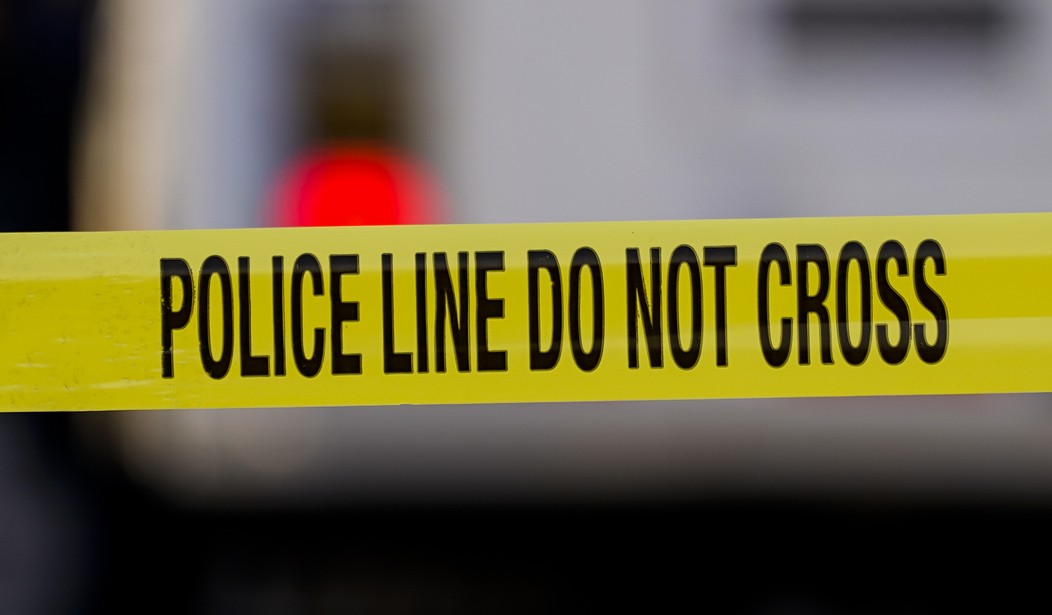One of the common refrains here at Bearing Arms is that the best way to address violent crime is by focusing on the small number of prolific offenders who are responsible for a disproportionate amount of bloodshed and heartache in any given community, rather than imposing new gun control laws that criminalize our right to keep and bear arms itself.
Now a new study from the National Institute for Criminal Justice Reform is shedding new light on just how few offenders we’re actually talking about. According to researchers, almost 75% of shootings in Washington, D.C. over the past few years can be traced back to just a few hundred offenders.
The National Institute for Criminal Justice Reform looked at the numbers for homicides and nonfatal shooting in D.C. in 2019 and 2020, and found that “most gun violence is tightly concentrated on a small number of very high-risk young Black male adults that share a common set of risk factors.”
Those factors include involvements in street crews, a previous criminal justice history and connection to a recent shooting. Often, they’ve been the victims of crime themselves. While the motive for the shooting “may not be a traditional gang war,” the report says, “often shootings are precipitated by a petty conflict over a young woman, a simple argument, or the now-ubiquitous social media slight.”
The homicide rate in D.C. rose by 18% in 2020 compared to 2019, the study found, and about 500 identifiable people are behind 70% of the 863 incidents involving gun violence. The studies also showed that about 200 people are driving a majority of these incidents at any one point in time.
Further, the study’s data suggests that your typical gun control laws, from universal background checks to bans on “high capacity” magazines, don’t do anything to stop this core group of hardcore offenders. Not only do they obviously fail to prevent these guys from getting ahold of a gun in the first place, but even when they’re caught and prosecuted, the consequences don’t seem to be changing too many minds. More than 80% of homicide victims and offenders had previous involvement in the criminal justice system, with many of them legally ineligible to own a firearm due to previous convictions. In fact, according to the NICJR report, just 24% of homicide suspects had no previous engagement with the criminal justice system, while 46% of suspects had at least one prior period of incarceration behind them.
I say “at least one,” because according to the report, most homicide suspects have racked up extensive criminal histories.
Of those who were known to the criminal justice system prior to the homicide, most victims and suspects had been arrested for property (avg. 2.8), drug (avg. 2.4), and unarmed violent (avg. 2.3) offenses (Figure 3). Overall, most victims and suspects with prior criminal offenses had been arrested about 11 times for about 13 different offenses by the time of the homicide. This count only refers to adult arrests and juvenile arrests were not included.
The report doesn’t always differentiate between victims and suspects because, as researchers have documented, there’s an awful lot of overlap between the two, centered around the drug trade and gang membership.
This small number of very high risk individuals are identifiable, their violence is predictable, and therefore it is preventable. Based on the assessment of data and the series of interviews conducted, NICJR estimates that within a year, there are at least 500 identifiable people who rise to this level of very high risk, and likely no more than 200 at any one given time. These individuals comprise approximately 60-70% of all gun violence in the District. Nealy 250 specific individuals were identified through the GVPA process but more importantly, the risk factors that make someone at very high risk has been identified in order to develop an on-going process to focus intervention efforts on those at very high risk.
Given the findings of the National Institute for Criminal Justice Reform, you might think the organization would at least be agnostic when it comes to the efficacy of more gun control laws. Sadly, that’s not the case, as the group makes clear in its conclusion.
While the majority of people involved in shootings, as victim or suspect, are members or associates of street groups/gangs, the motive for the shooting may not be a traditional gang war. Often shootings are precipitated by a petty conflict over a young woman, a simple argument, or the now ubiquitous social media slight. Exacerbating the social media incited shootings are music videos that promote certain neighborhoods or cliques that also “dis” other crews or individuals, sparking a series of comments and competing videos that escalate into shootings.
All of this is made possible and exacerbated by the wide availability of firearms and the culture of resolving conflicts through violence. This popular YouTube video provides a detailed explanation of one of DC’s primary neighborhood conflicts, including disturbing images of firearms with extended magazines.
Firearms aren’t “widely available” in D.C., at least not legally owned firearms. There is exactly one licensed gun seller in the District (one other FFL is conducting transfers, but does not sell guns directly to D.C. residents), so those responsible for a majority of the violence in the city aren’t legally acquiring their guns. None of the restrictions on legal gun owners have done anything to curb the District’s violence over the decades, but they do prevent good people in bad neighborhoods from being able to protect themselves.
Gun owners already know this, of course, but it’s good to see confirmation from this report. It’s just too bad it’s not likely to change any attitudes among the anti-gun politicians running D.C. (and running it into the ground) or the authors of the report itself.









